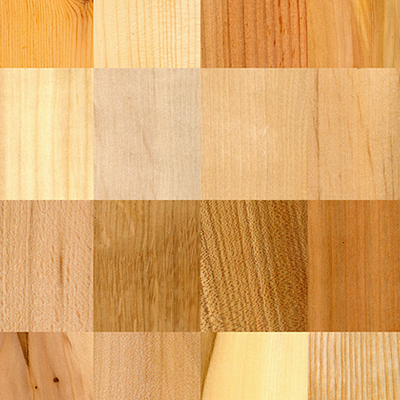Wood adds warmth, texture, and timeless beauty to any home—but mixing different wood tones can feel intimidating.
Can oak and walnut live in the same space? Can light and dark finishes work together without competing?
The answer: yes, absolutely. In fact, when done well, mixing wood tones can add depth and character that a matchy-matchy room simply can’t achieve.
Here’s how to confidently mix wood tones without clashing.
1. Start with a Dominant Wood Tone
Choose one wood tone to anchor the space—this will be your “main character”. It might be the flooring, a large dining table, or a sofa frame.
From there, you can layer in other wood tones as accents, like chairs, side tables, or shelves.
Tip: Let the dominant tone take up about 60–70% of the space visually for balance.
2. Don’t Match the EXACT Colour - Match the Undertones
The trick to successful mixing isn’t matching colours—it’s matching undertones.
- Warm tones: Honey oak, walnut, teak
- Cool tones: Grey-wash, ash, weathered woods
- Neutral tones: White oak, mid-tone birch
Even if the woods are different shades, shared undertones will help them feel connected.
3. Create Contrast with Purpose
Don’t shy away from contrast—it adds depth and drama. Light floors and a dark timber coffee table? Yes. A walnut bed frame with white oak nightstands? Absolutely.
Just make sure to repeat each tone at least once elsewhere in the room—think a picture frame, lamp base, or shelf—to tie it all together.
4. Use Rugs and Textiles to Soften Transitions
If two wood tones feel a bit too stark side by side, add a soft layer between them.
- A textured rug between a dark floor and a light timber table can help bridge the gap.
- Fabric accents like linen runners, cushions, or throws create breathing space between wood pieces.
Why it works: These layers help avoid the “clash” effect and make the space feel intentional.
5. Mix Finishes and Grain Patterns
You can also mix wood tones by varying texture and finish.
- Combine polished finishes with raw, matte textures for contrast
- Mix smooth grains (like maple) with more rustic looks (like reclaimed wood or rattan)
This adds visual interest while helping each piece stand out on its own.
In summary, mixing wood tones isn’t about perfect matches—it’s about thoughtful layering.
With a little attention to tone, balance, and repetition, you can blend woods beautifully and confidently create a space that feels natural, lived-in, and full of character.
Ready to experiment? Browse our range of wood furniture and accessories in-store or online.




